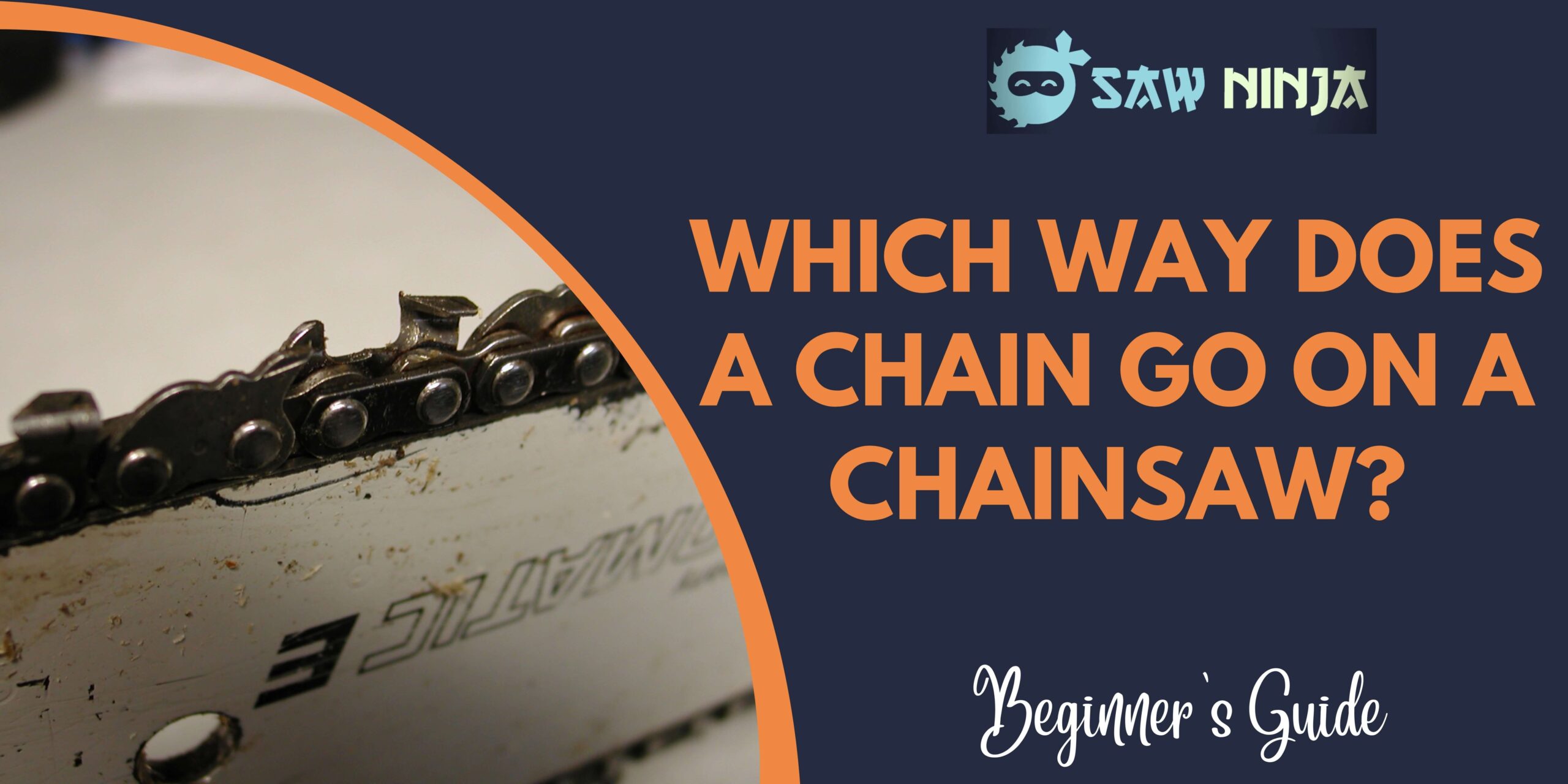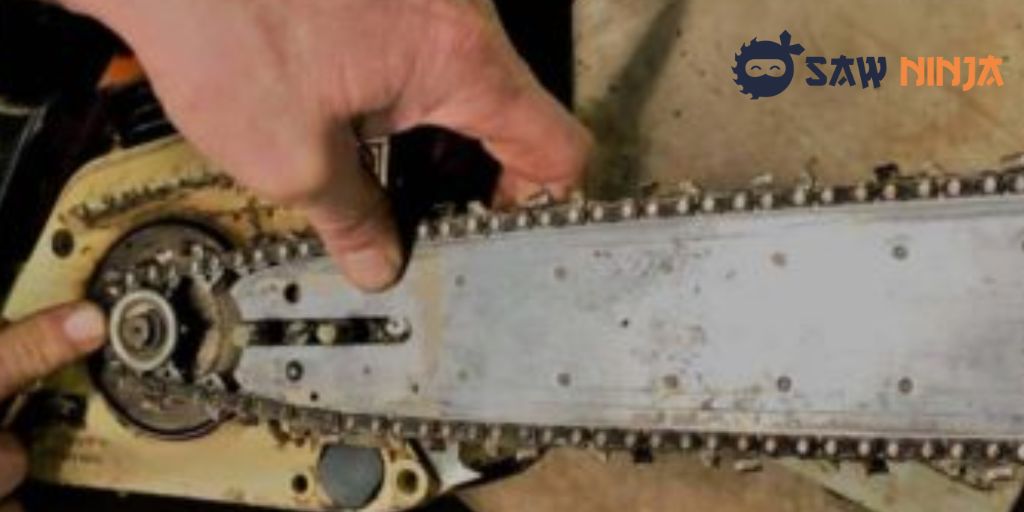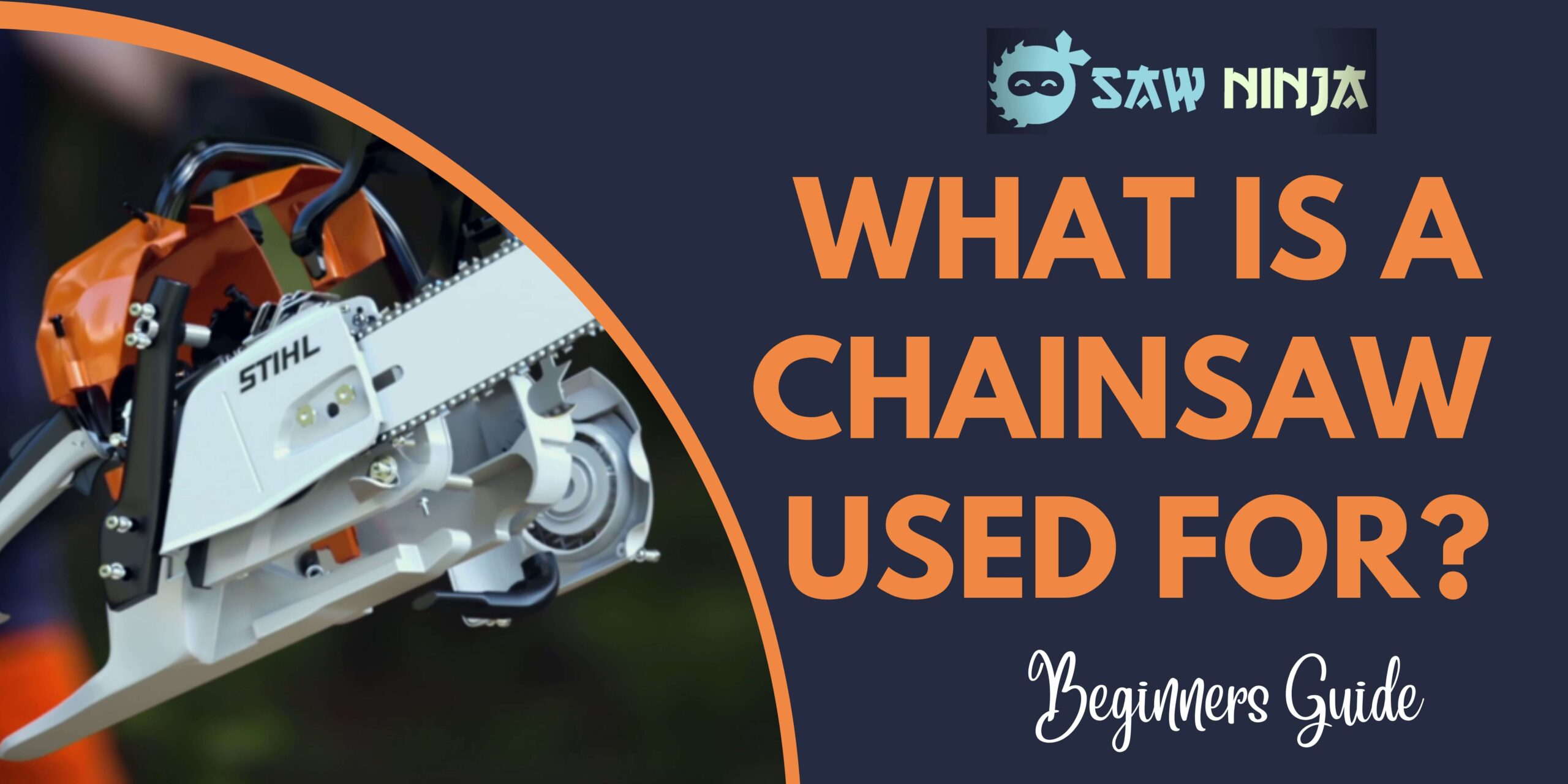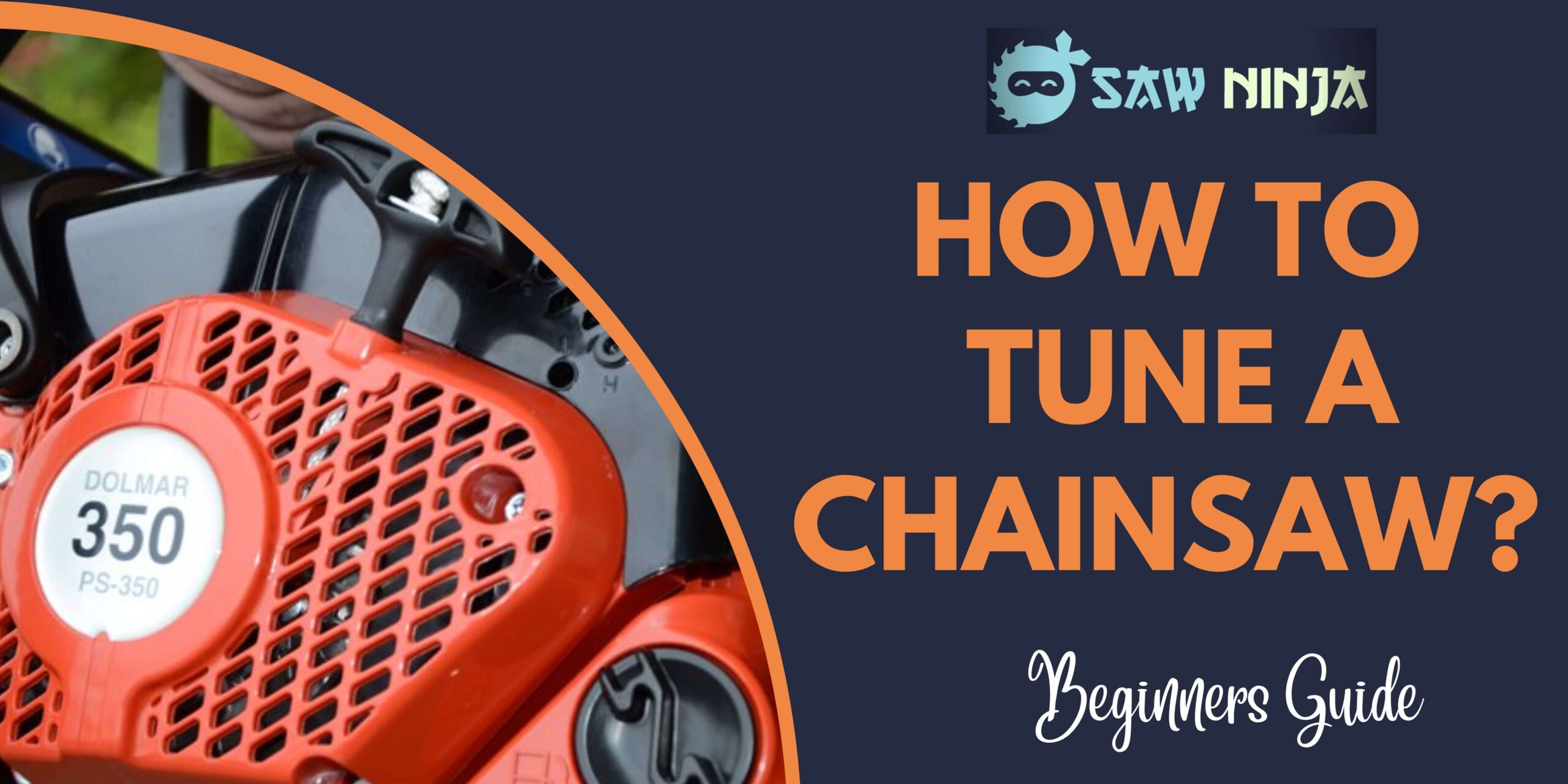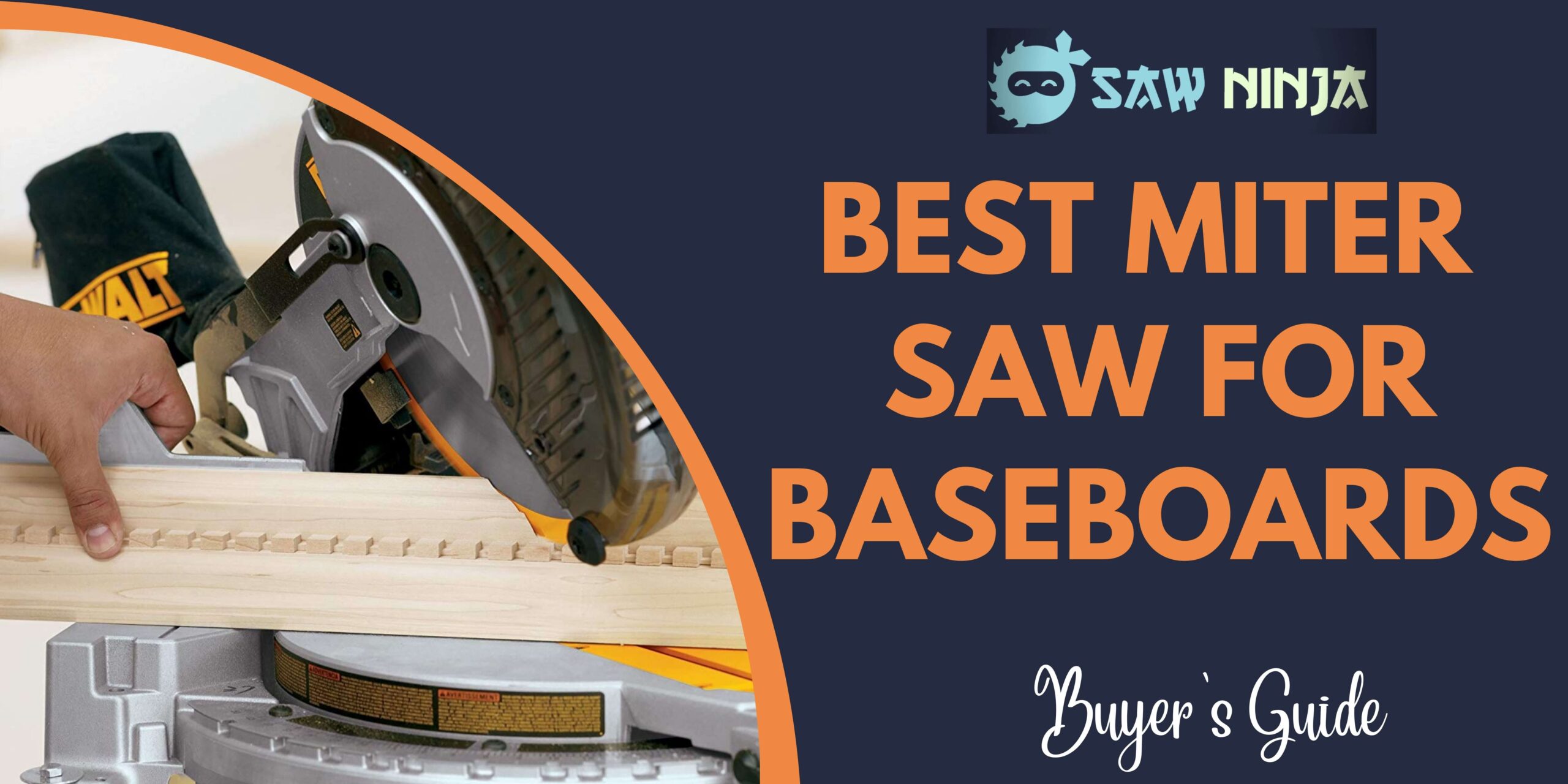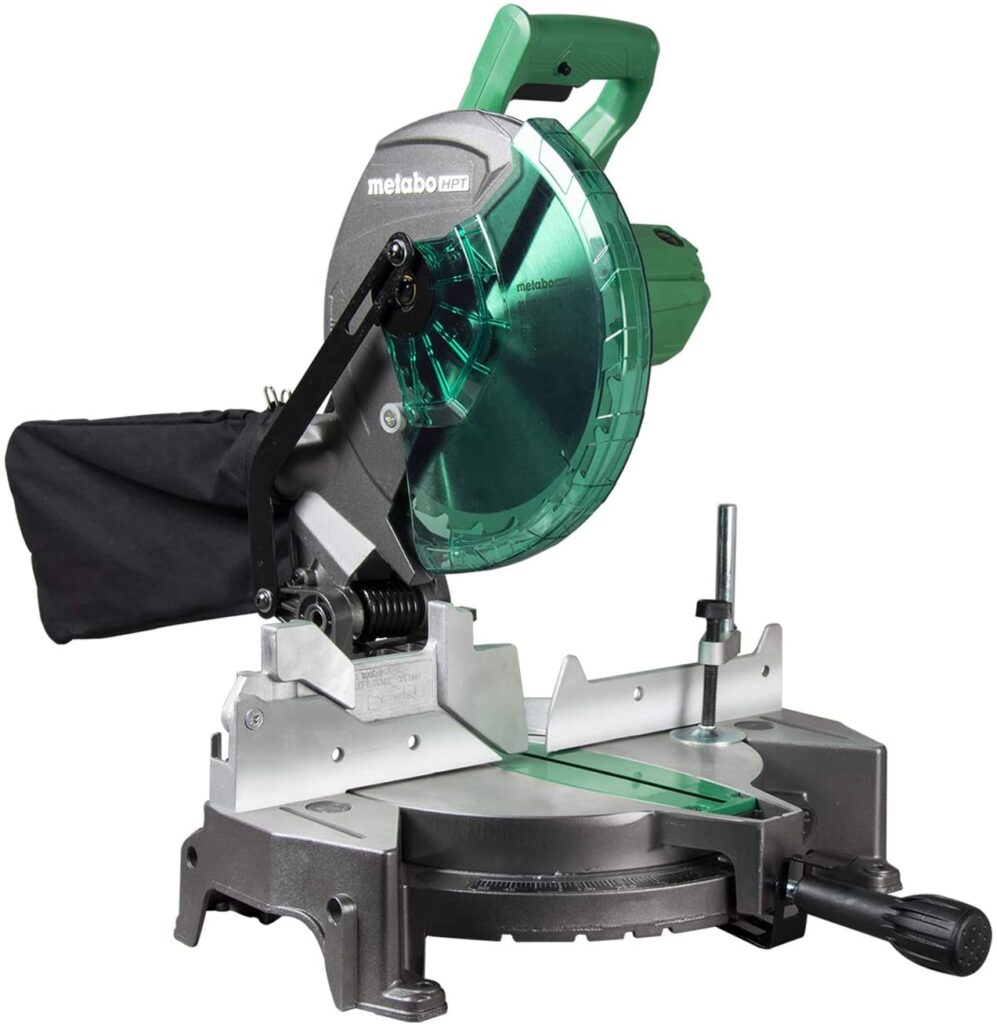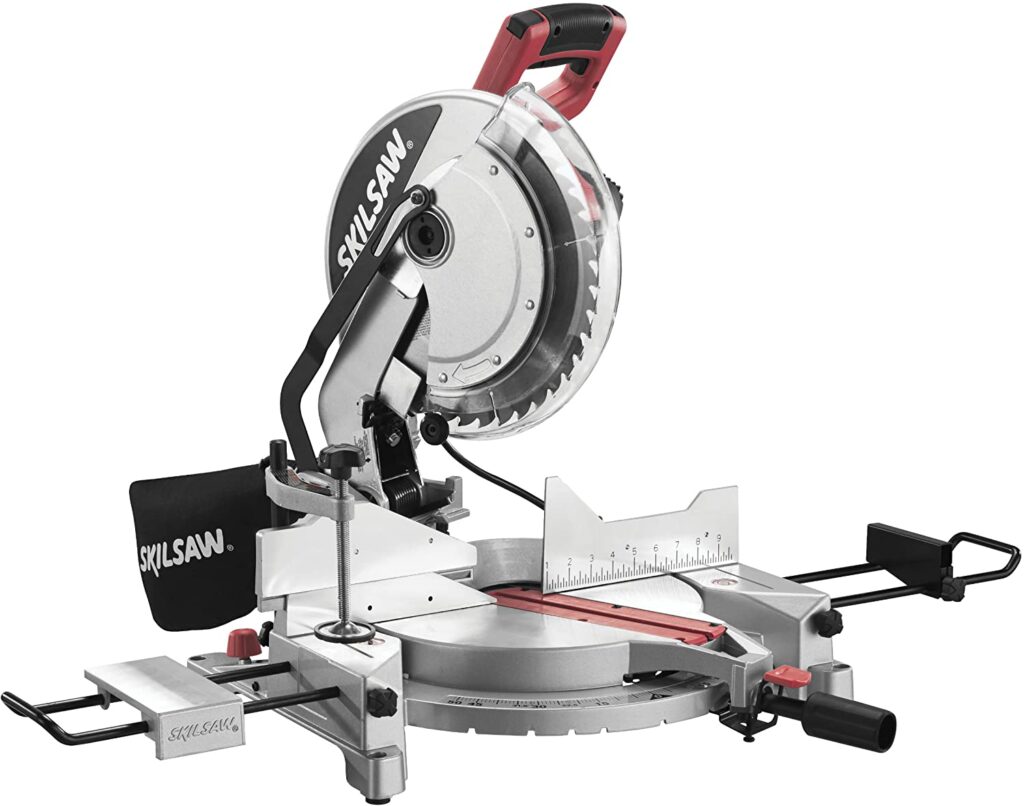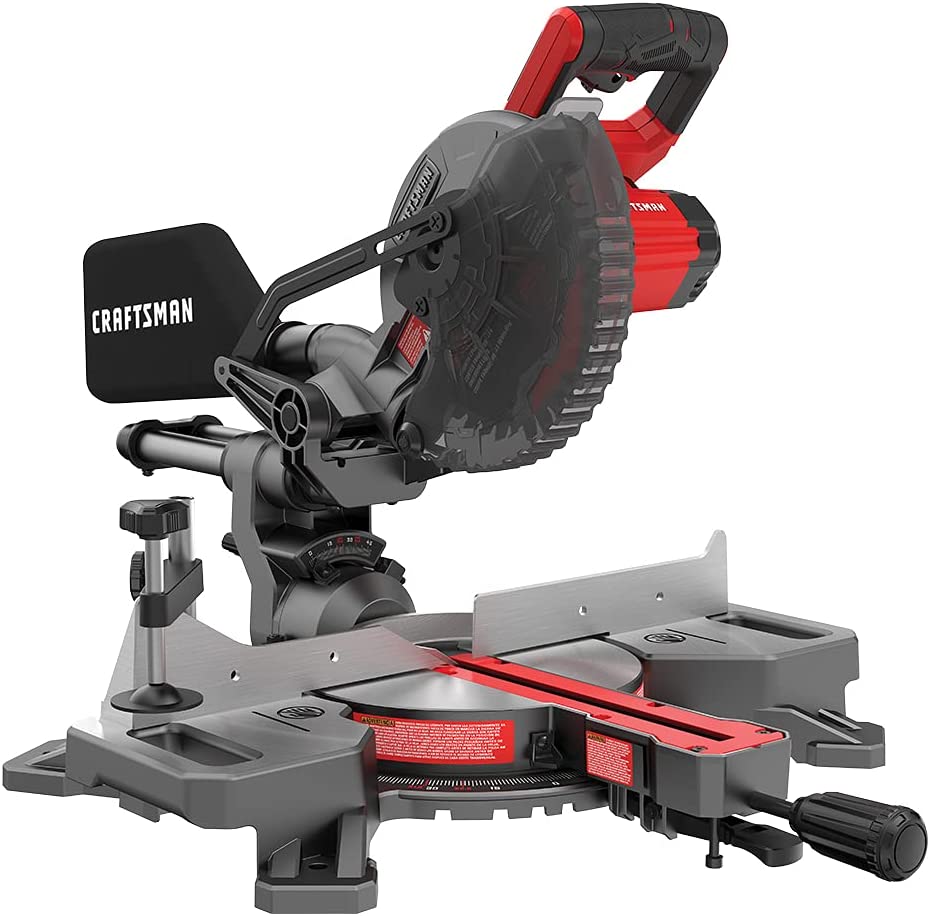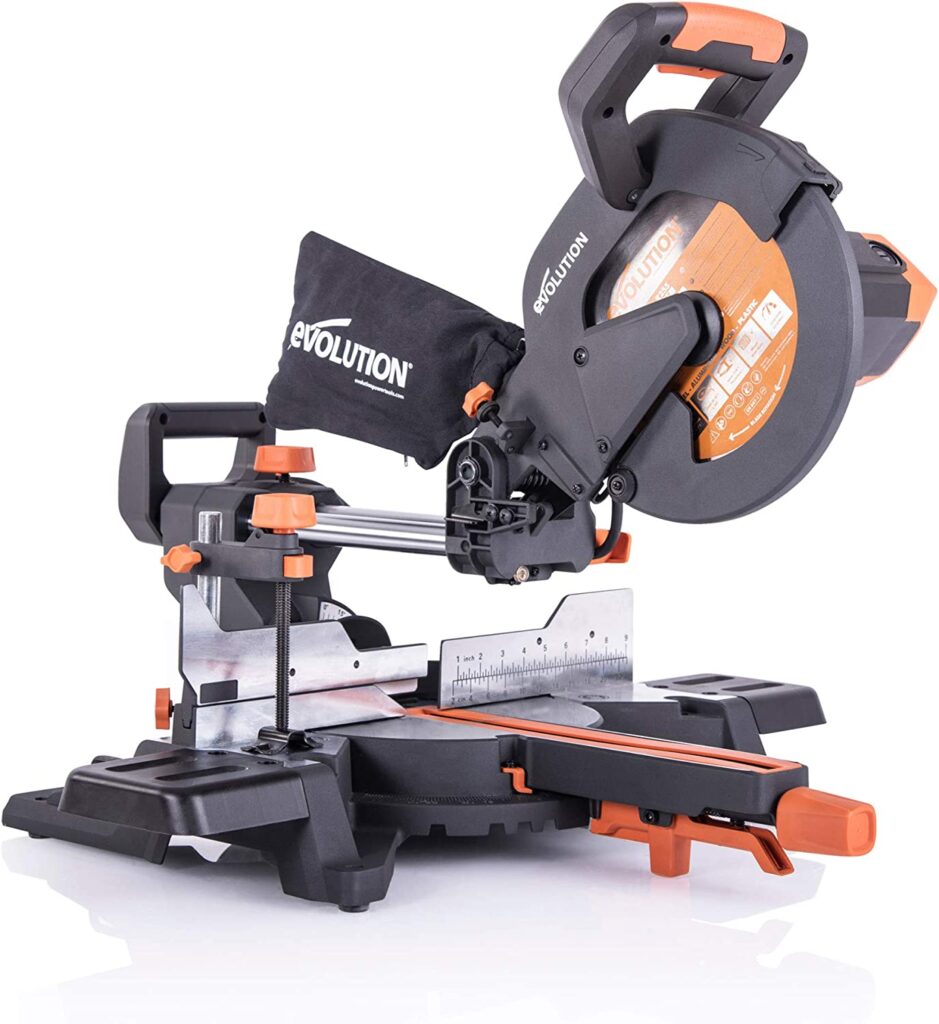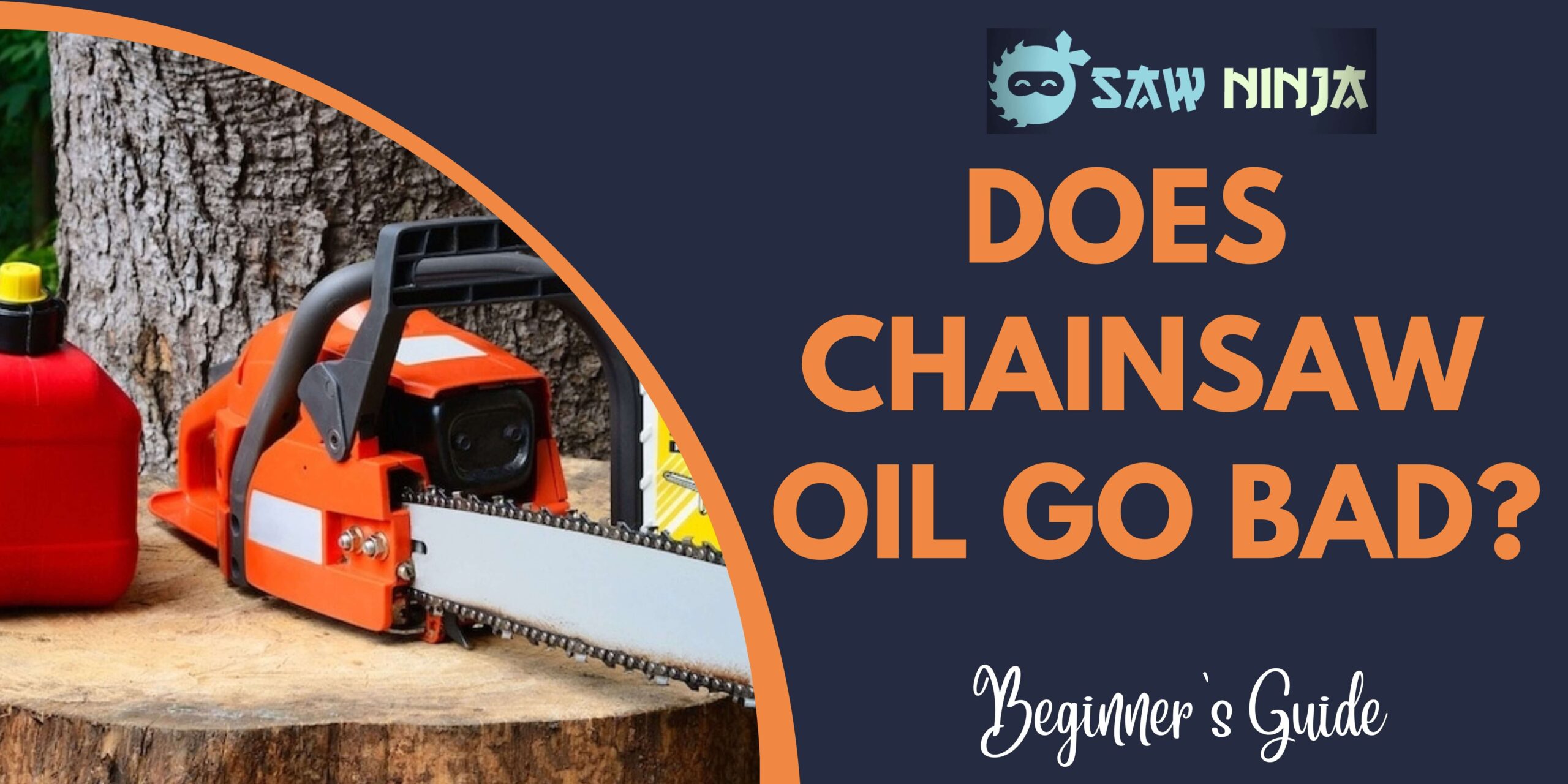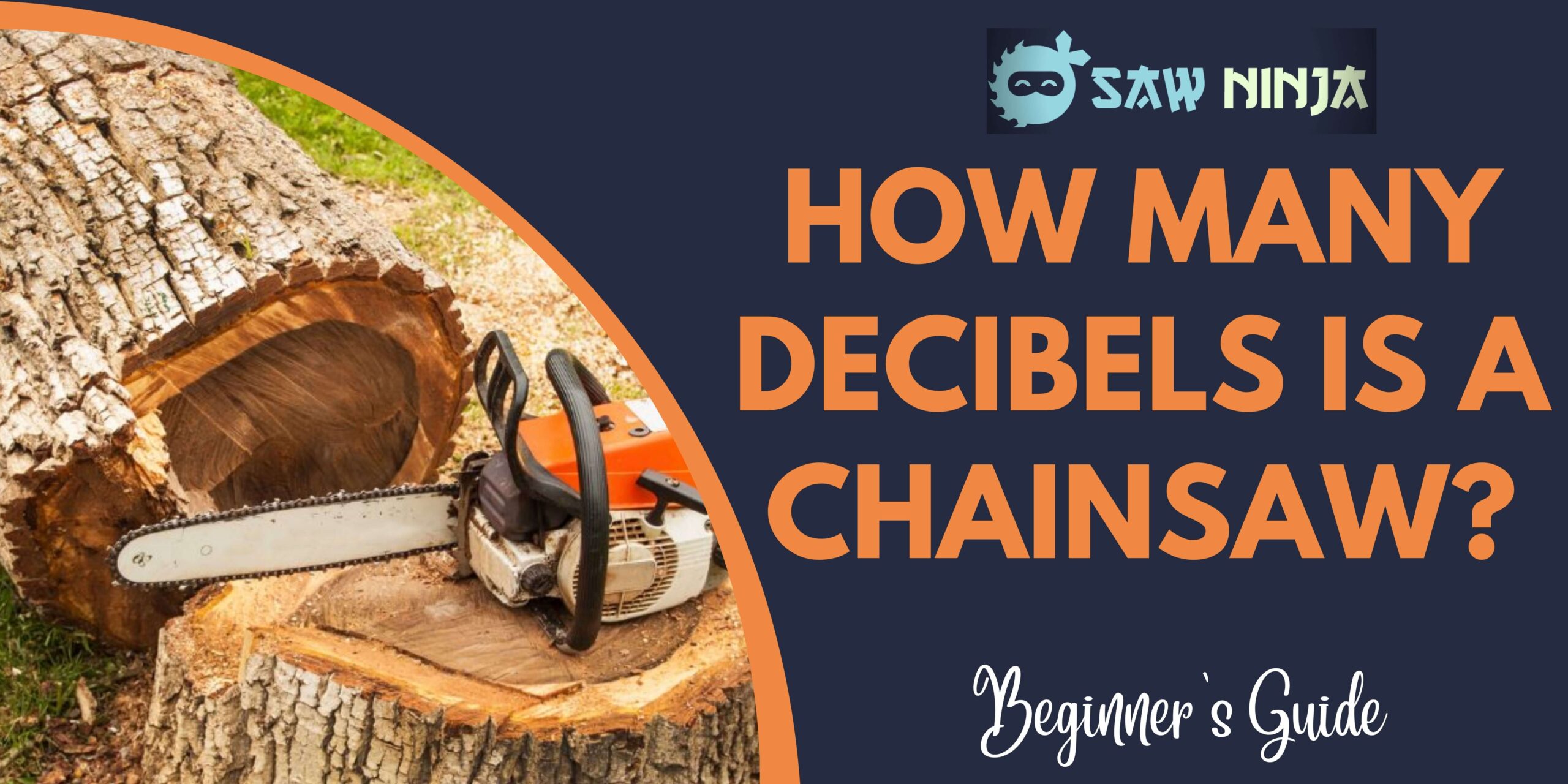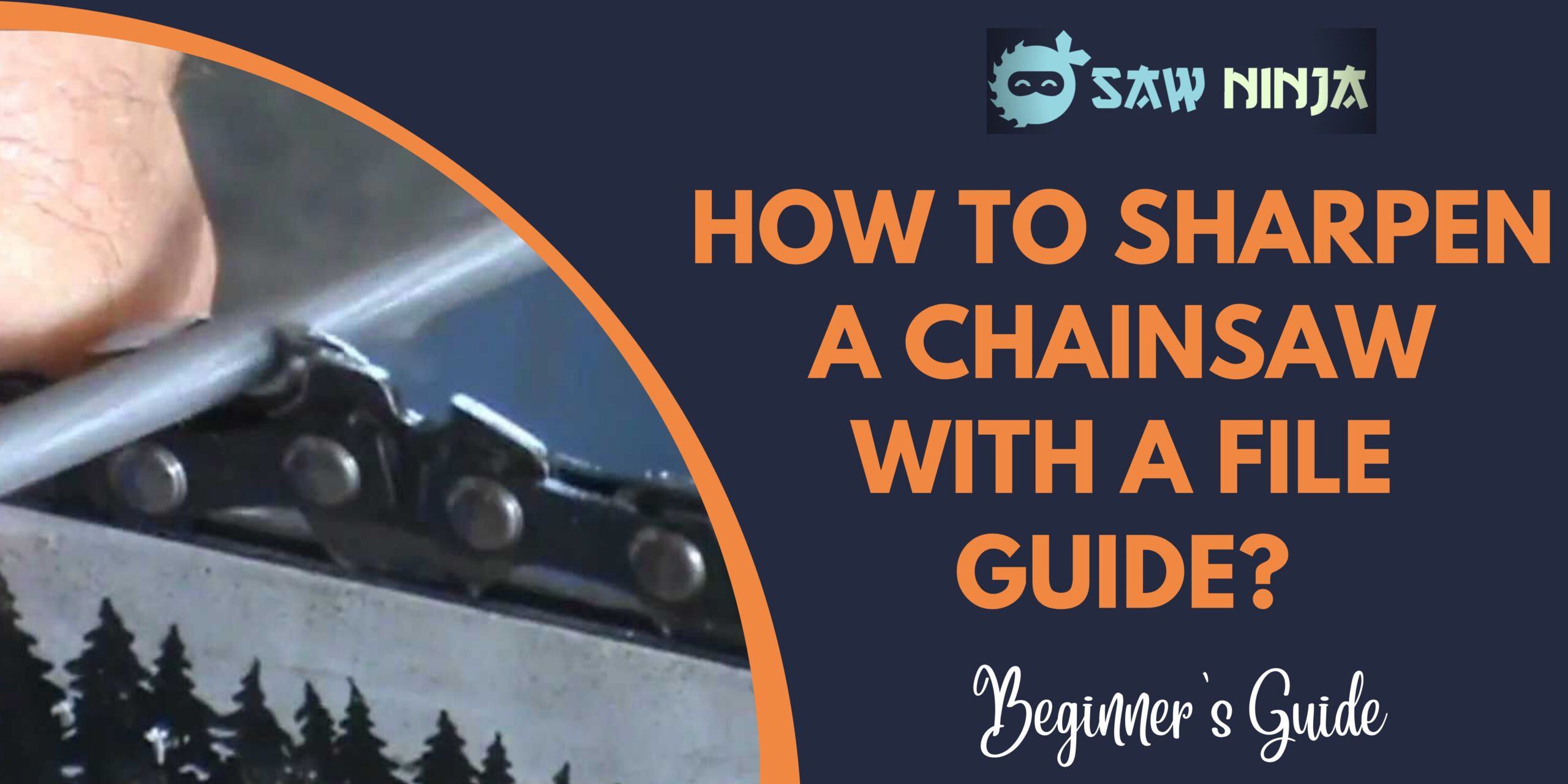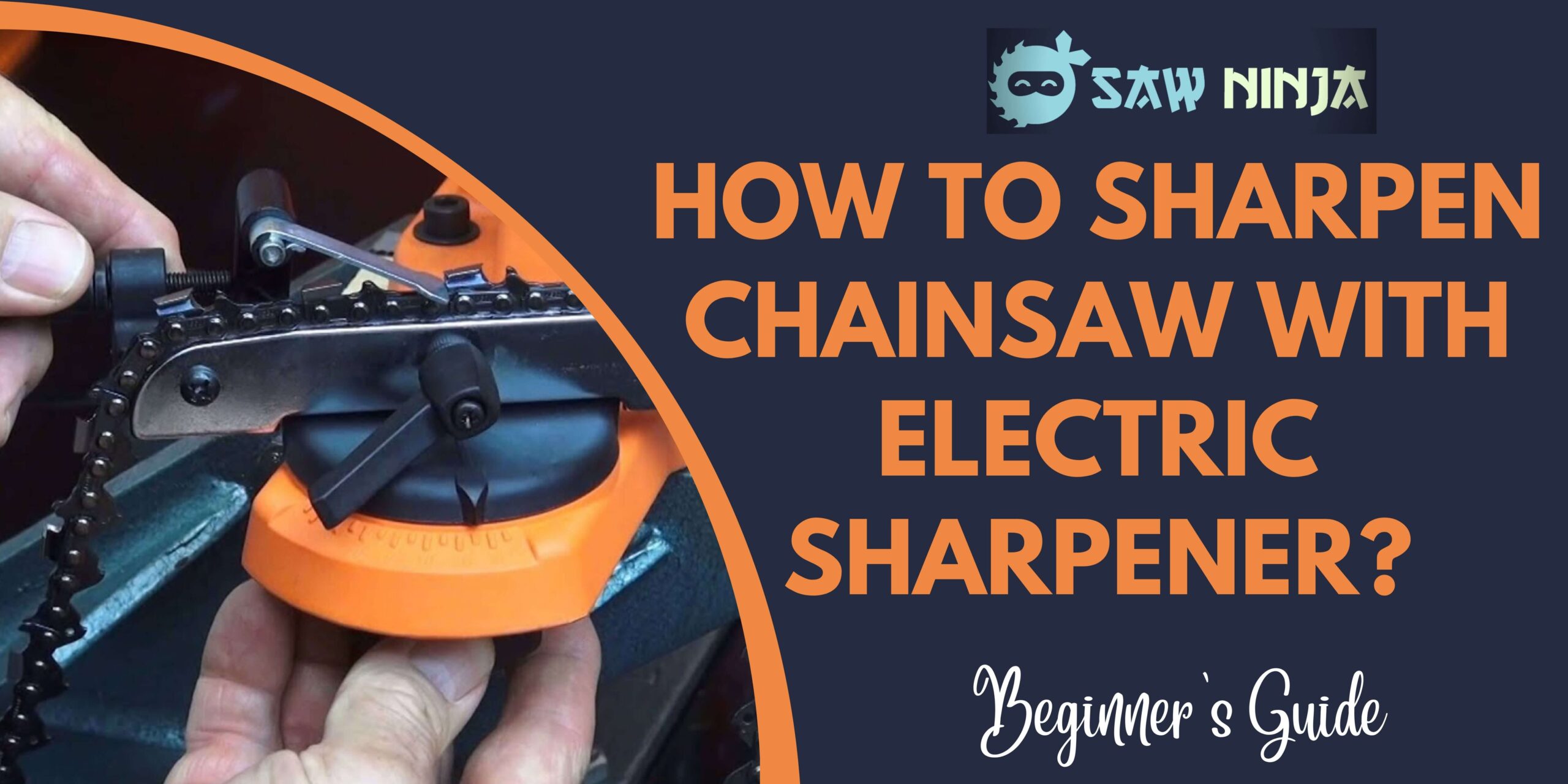If you’re like me, you enjoy spending time in the great outdoors. Whether I’m camping, fishing, or just enjoying a quiet walk in nature, there’s nothing quite like it.
>>> How To Start A Stubborn Chainsaw?
However, there’s one thing that can make outdoor activities less enjoyable: a dirty chainsaw air filter. In this post, I’ll teach you how to clean the chainsaw air filter so that you can get back to enjoying your favorite pastimes. So read on to learn more.
Let’s get started!
How To Clean Chainsaw Air Filter?
There are many ways to clean chainsaw air filters, but the most important thing is to do it regularly. A clean air filter will help your chainsaw run more efficiently and last longer.
The reason why the air filter of a chainsaw gets dirty is that it traps all the dust and debris that goes into the engine. Over time, this can clog up the filter and reduce airflow to the engine. This can cause your chainsaw to run hotter and damage the engine.
- Cleaning the chainsaw filter by Tapping it on a hard surface
The first way to clean your chainsaw air filter is by tapping it on a hard surface. This will help remove any built-up debris from the filter.
To do this, simply hold the filter in one hand and tap it lightly with the other. Do this until you see the debris falling from the filter.
Once you’re done, hold the filter up to the light to make sure that all the debris has been removed. If not, repeat the process until the filter is clean.
-
Cleaning the chainsaw filter using an air compressor
If tapping the filter on a hard surface doesn’t seem to be working, you can try using an air compressor. This is a more powerful way to clean the filter and is sure to remove all the debris.
To use an air compressor, simply hold the filter in front of the nozzle and turn on the compressor. The air will blast through the filter and remove all the debris.
- Cleaning the chainsaw filter using soap and water
If you don’t have an air compressor, you can try using soap and water to clean the filter. This method is less powerful than using an air compressor, but it will still get the job done.
To use this method, simply mix some soap and water and use a brush to scrub the filter. Once you’re done, rinse the filter off with water to remove any soap residue.
- Cleaning the chainsaw filter using a garden hose
If you don’t have an air compressor or soap and water, you can try using a garden hose to clean the filter. This is the least powerful method, but it’s still better than nothing.
To use a garden hose, simply hold the filter under the water and let the water run through it. This will help remove any built-up debris from the filter.
- Cleaning the chainsaw air filter using static fluid sprays
Static fluid sprays are a great way to clean the chainsaw filter without disassembling it. These sprays attract and remove dust from the filter without damaging it.
To use a static fluid spray, simply hold the canister next to the filter and press the button. The spray will go through the filter and remove all the debris.
Can I wash my chainsaw air filter?
Yes, you can wash your chainsaw air filter. However, you should only do this if the filter is made of paper or cloth. If the filter is made of foam, you should not wash it because the water can damage the material. Also, make sure to let the filter dry completely before putting it back on the chainsaw.
Precautionary measures while cleaning the chainsaw air filter
Be sure to disconnect the spark plug wire before cleaning the air filter. This will prevent the chainsaw from accidentally starting while you’re working on it.
Also, be sure to wear gloves while cleaning the filter. This will protect your hands from the sharp edges of the filter.
Finally, be sure to clean the area around the air filter before putting the cover back on. This will help prevent debris from getting into the engine.
FAQs
What can I use to clean my chainsaw air filter?
There are a few different ways to clean your chainsaw air filter. You can tap it on a hard surface, use an air compressor, use soap and water, use a garden hose, or use a static fluid spray.
Can you rinse out a chainsaw air filter?
Yes, you can rinse out a chainsaw air filter. However, you should only do this if the filter is made of paper or cloth. If the filter is made of foam, you should not rinse it because the water can damage the material.
Can I clean my air chainsaw filter with soap and water?
Yes, you can clean your air chainsaw filter with soap and water. However, make sure that the filter is completely dry before you put it back on the chainsaw. If the filter is not dry, it could cause the chainsaw to malfunction.
Can you clean a disposable air filter?
Yes, you can clean a disposable air filter. However, it’s not necessary because the filter will eventually need to be replaced.
Can I use compressed air to clean my chainsaw air filter?
Yes, you can use compressed air to clean your chainsaw air filter. Just be sure to hold the filter tightly so that it doesn’t blow away.
Conclusion paragraph:
Chainsaw air filters are an important part of the saw’s function and need to be cleaned regularly for optimum performance.
In this post, we’ve answered some common questions about chainsaw air filters and how to clean them.
Have you ever cleaned your chainsaw’s air filter? Comment below.






